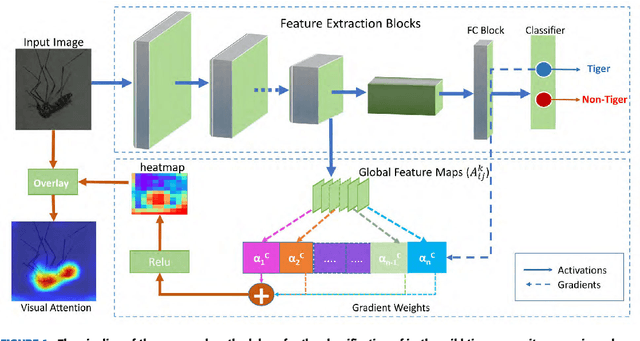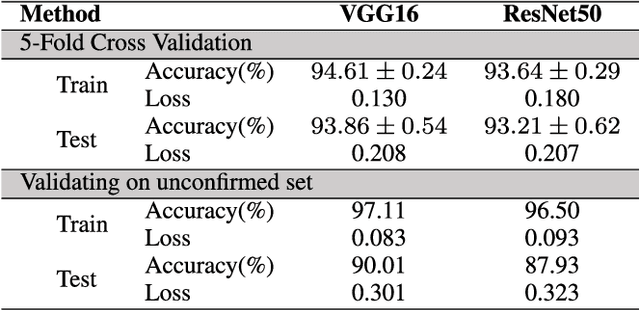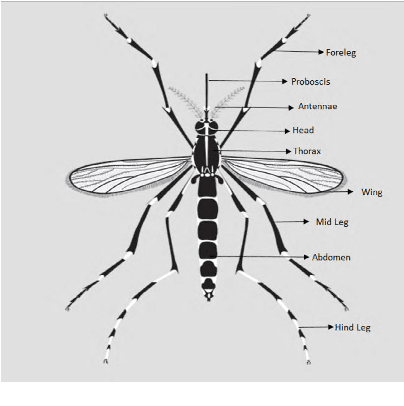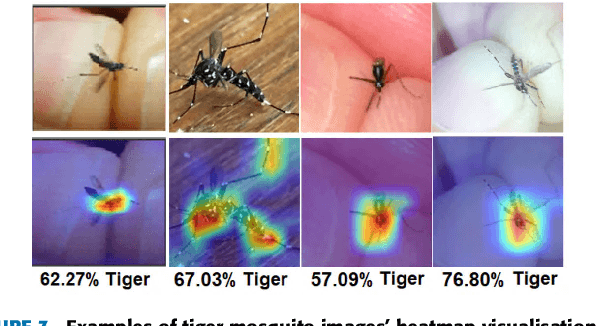A deep convolutional neural network for classification of Aedes albopictus mosquitoes
Paper and Code
Oct 29, 2021



Monitoring the spread of disease-carrying mosquitoes is a first and necessary step to control severe diseases such as dengue, chikungunya, Zika or yellow fever. Previous citizen science projects have been able to obtain large image datasets with linked geo-tracking information. As the number of international collaborators grows, the manual annotation by expert entomologists of the large amount of data gathered by these users becomes too time demanding and unscalable, posing a strong need for automated classification of mosquito species from images. We introduce the application of two Deep Convolutional Neural Networks in a comparative study to automate this classification task. We use the transfer learning principle to train two state-of-the-art architectures on the data provided by the Mosquito Alert project, obtaining testing accuracy of 94%. In addition, we applied explainable models based on the Grad-CAM algorithm to visualise the most discriminant regions of the classified images, which coincide with the white band stripes located at the legs, abdomen, and thorax of mosquitoes of the Aedes albopictus species. The model allows us to further analyse the classification errors. Visual Grad-CAM models show that they are linked to poor acquisition conditions and strong image occlusions.
 Add to Chrome
Add to Chrome Add to Firefox
Add to Firefox Add to Edge
Add to Edge